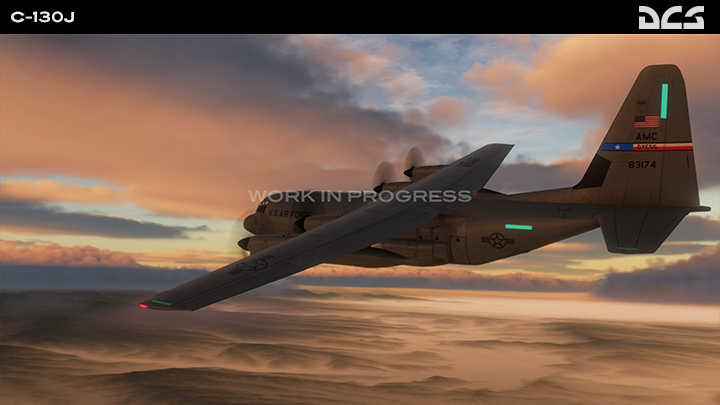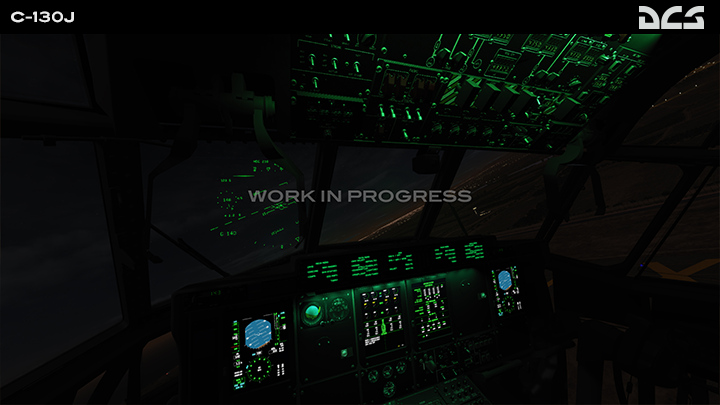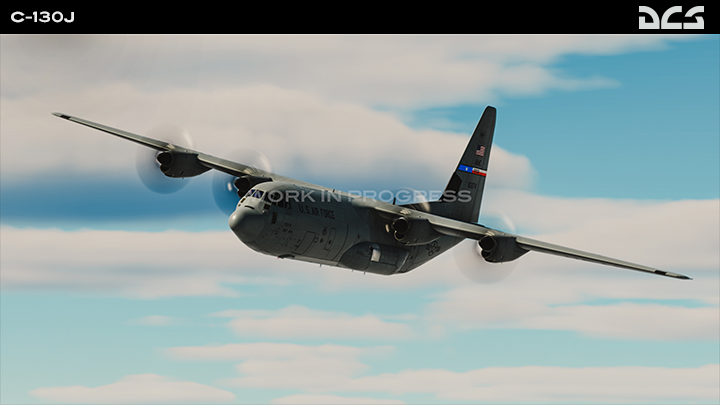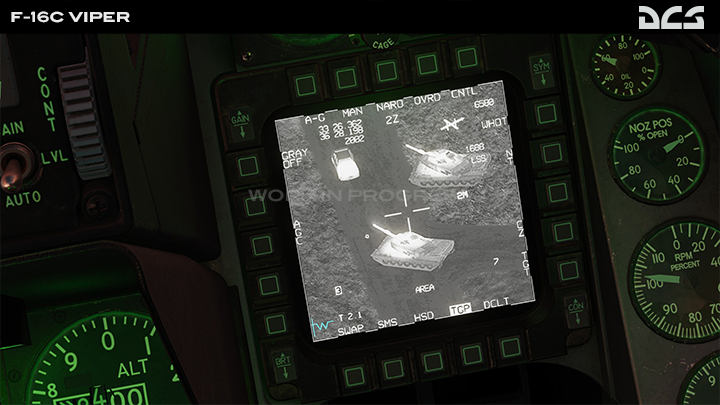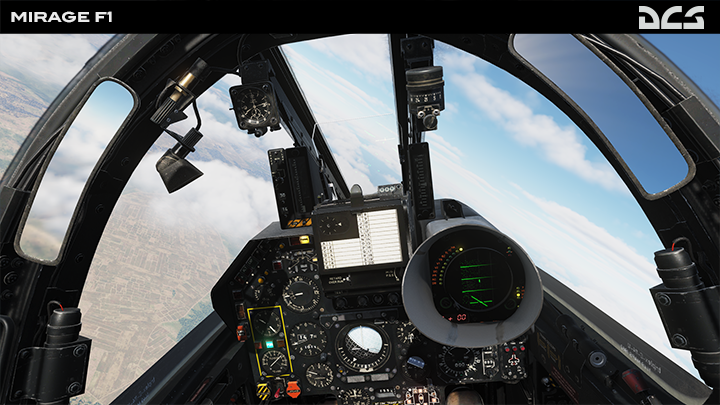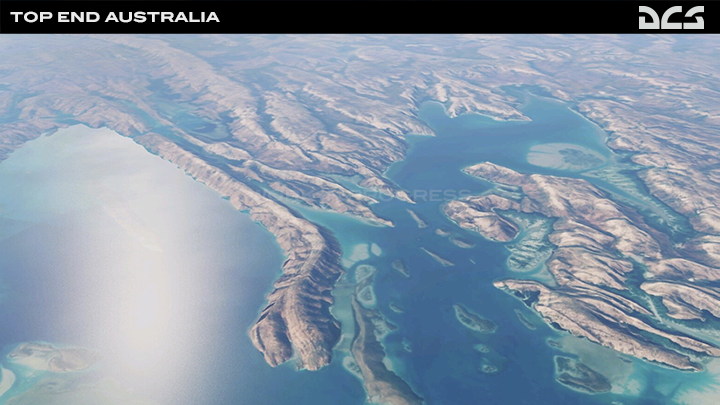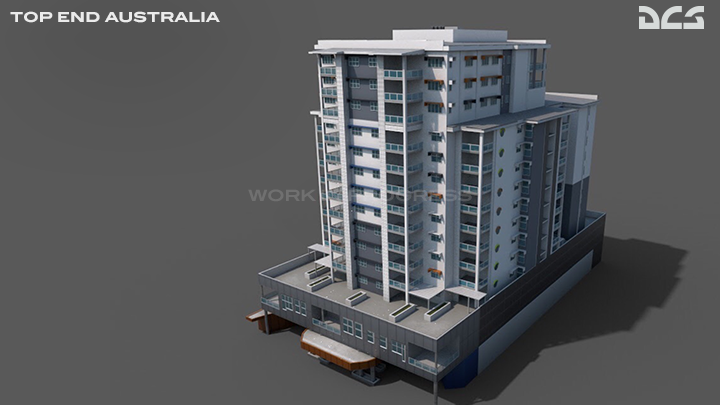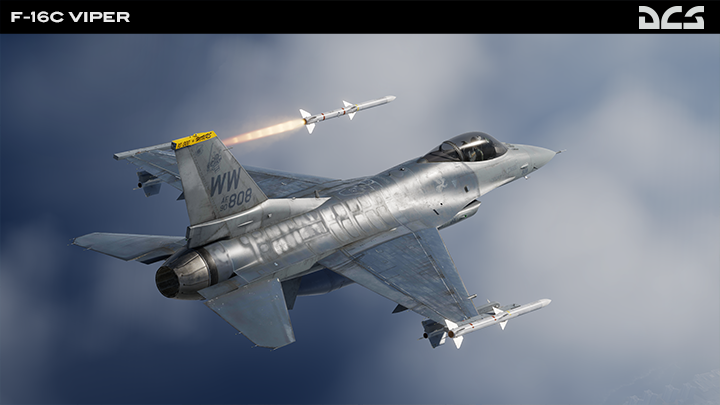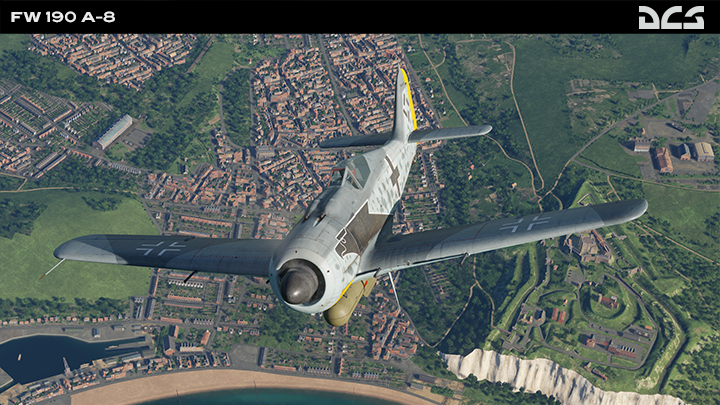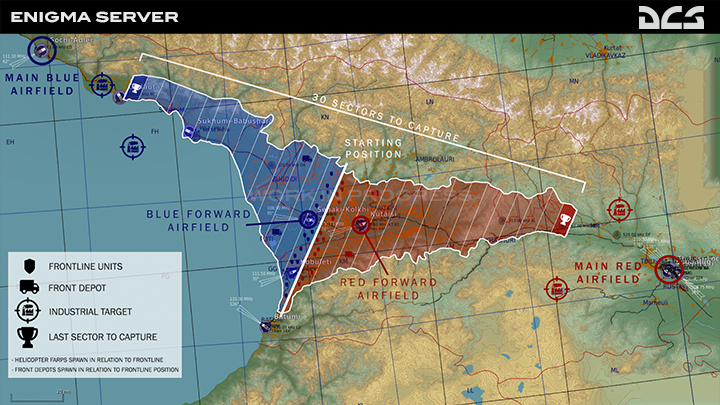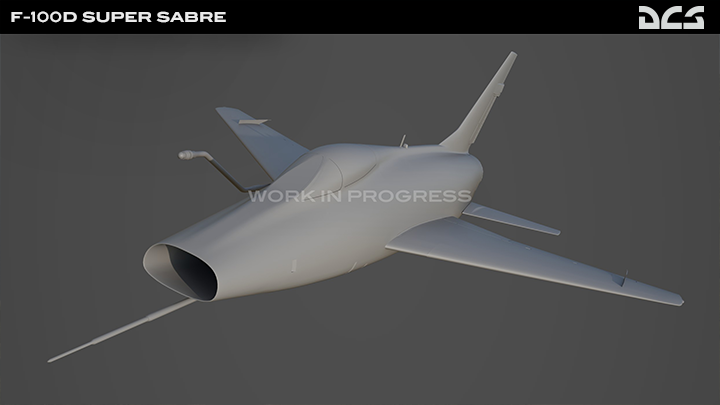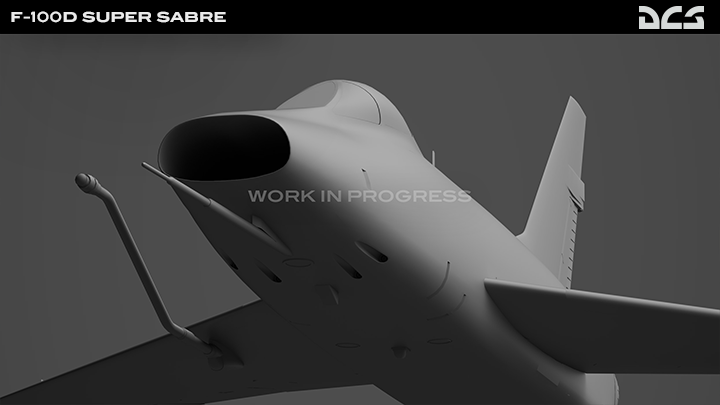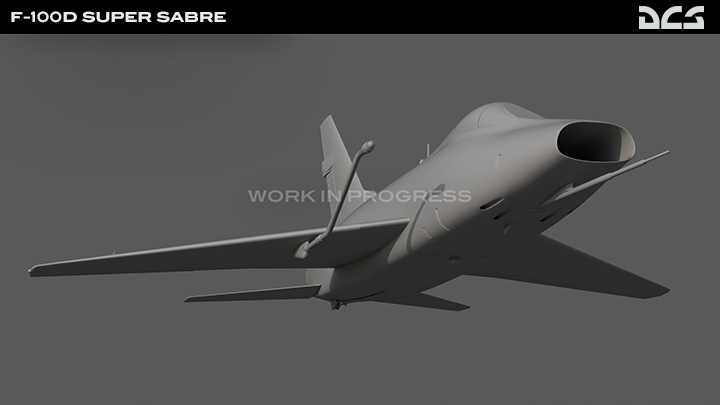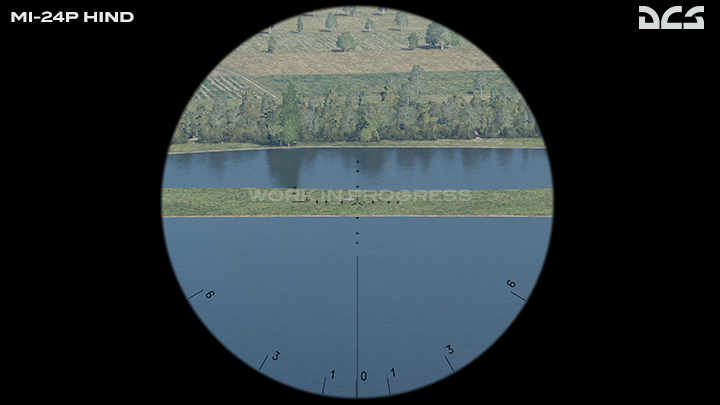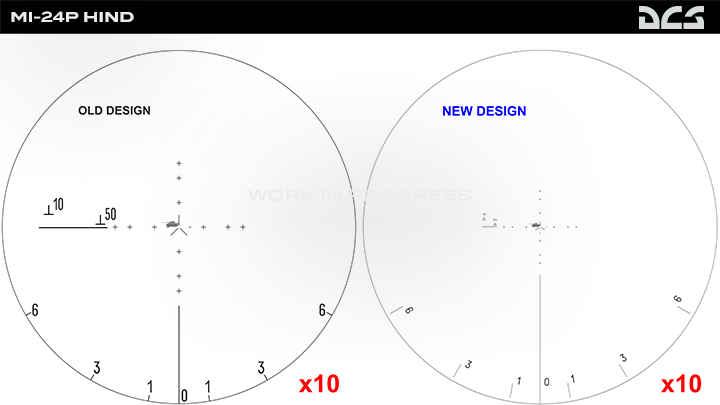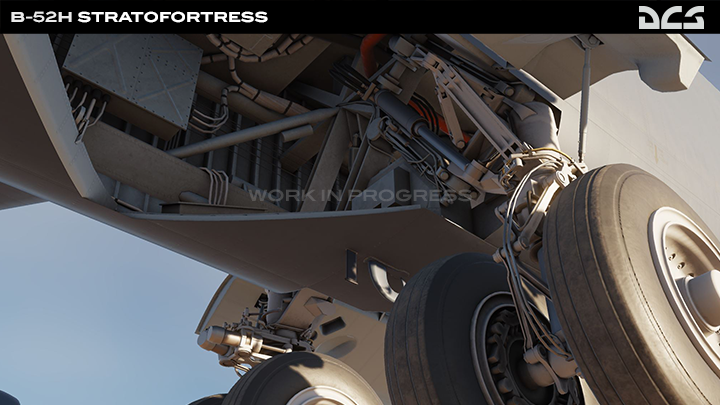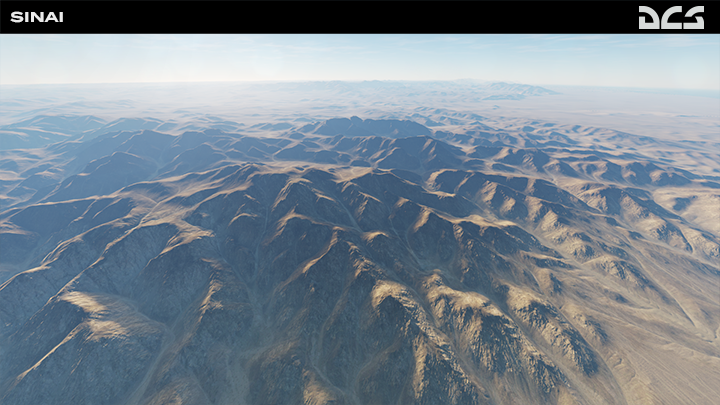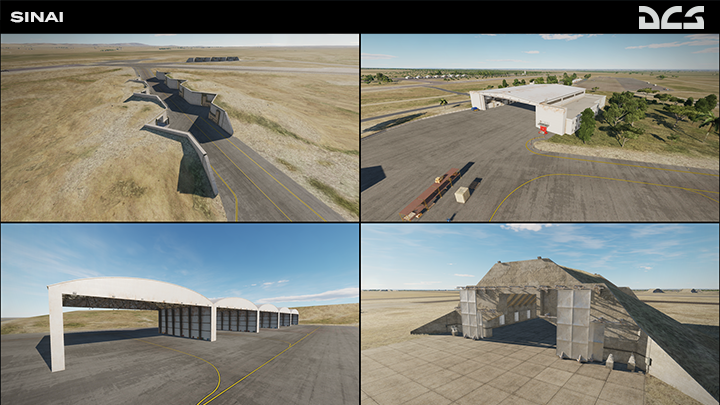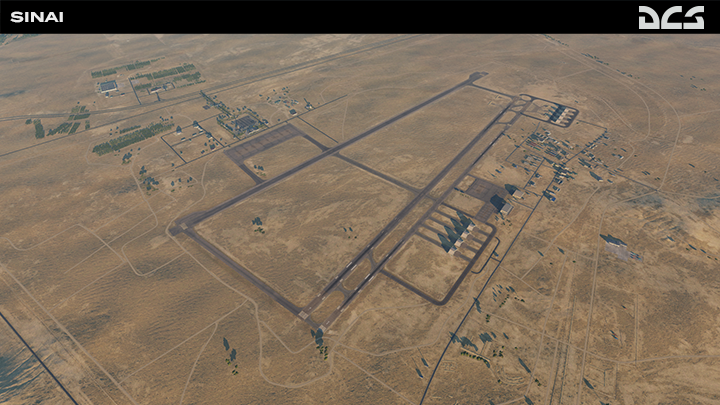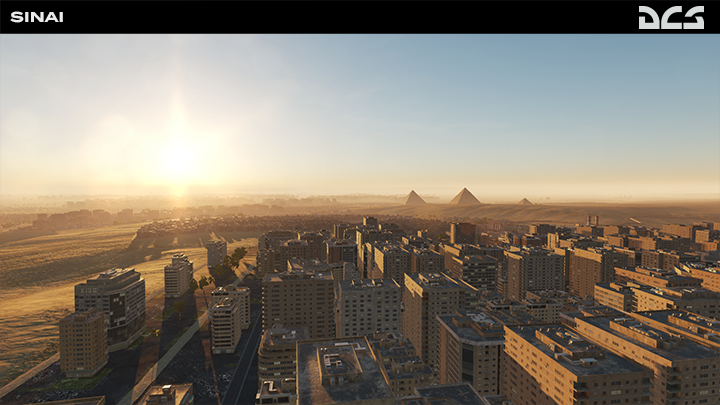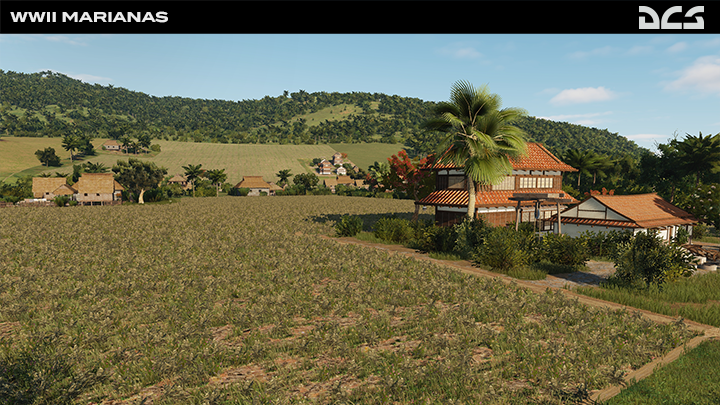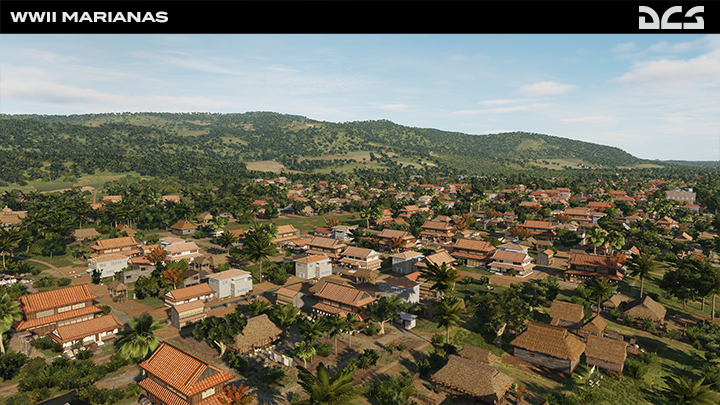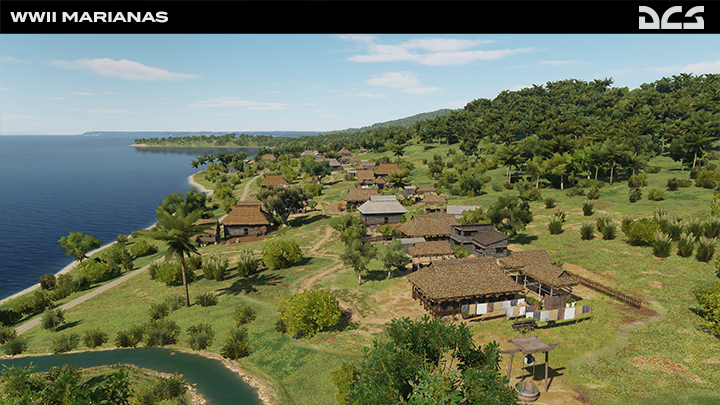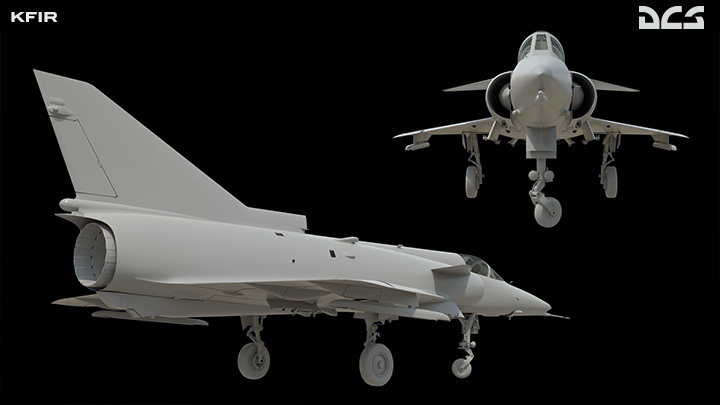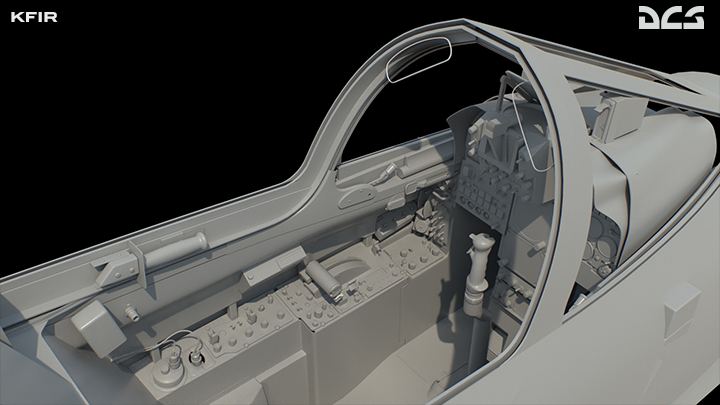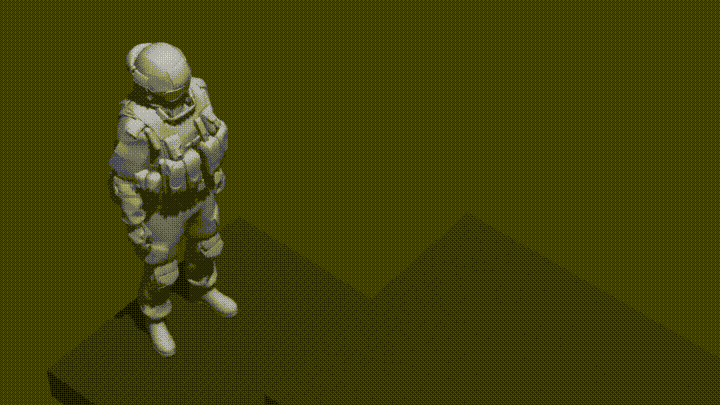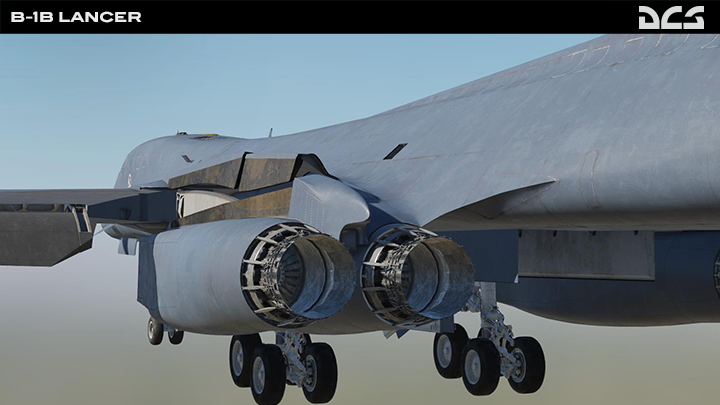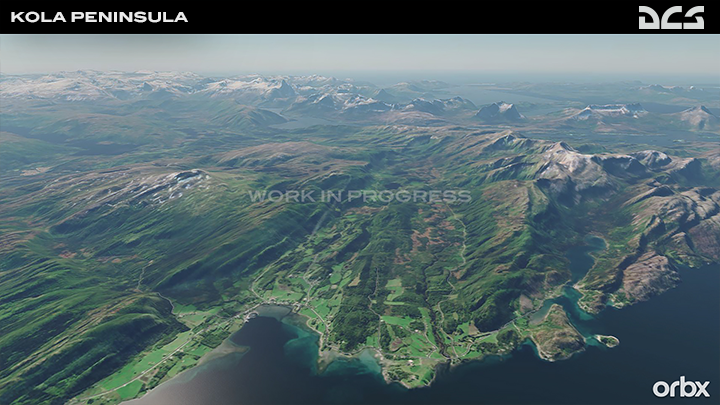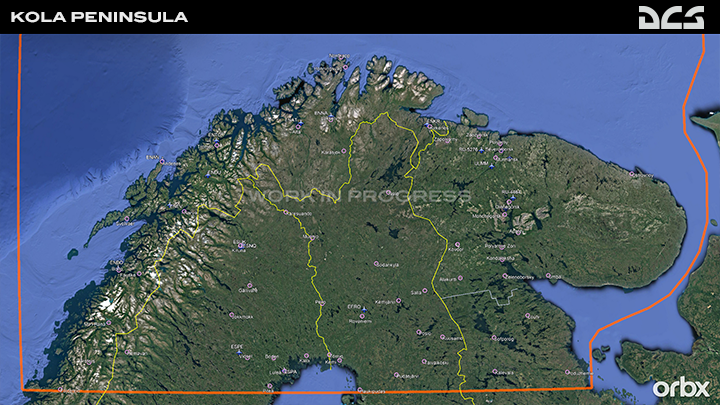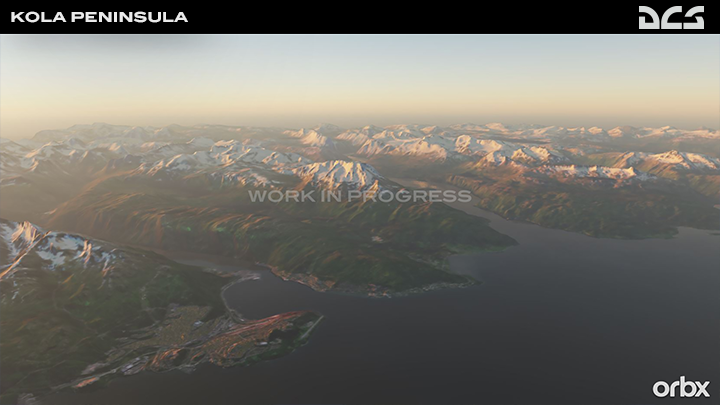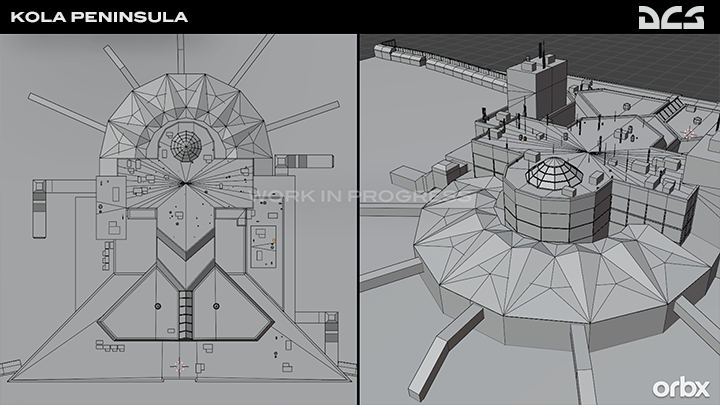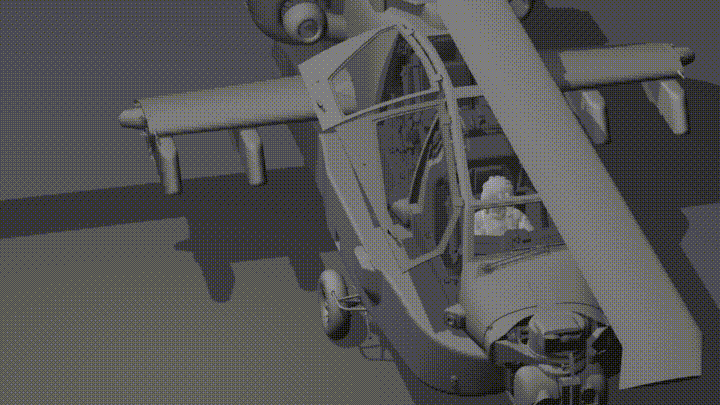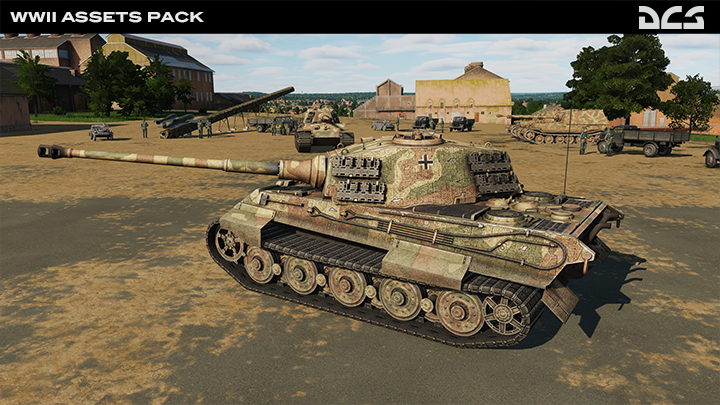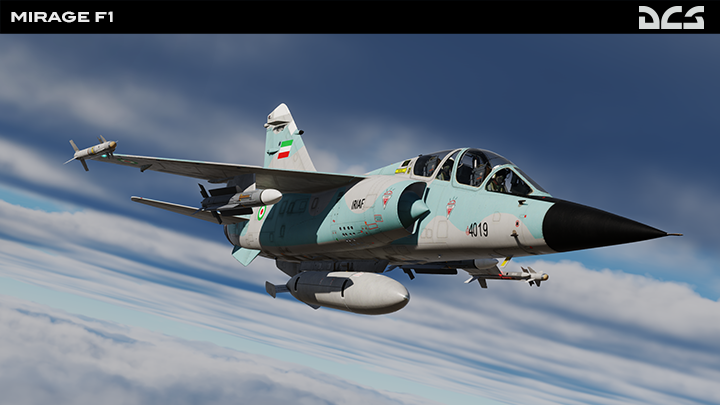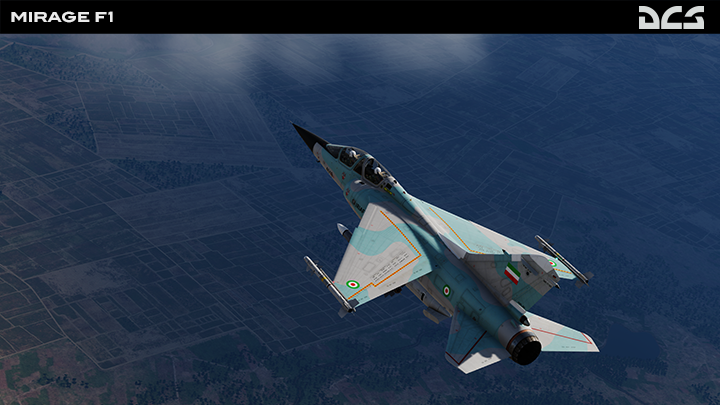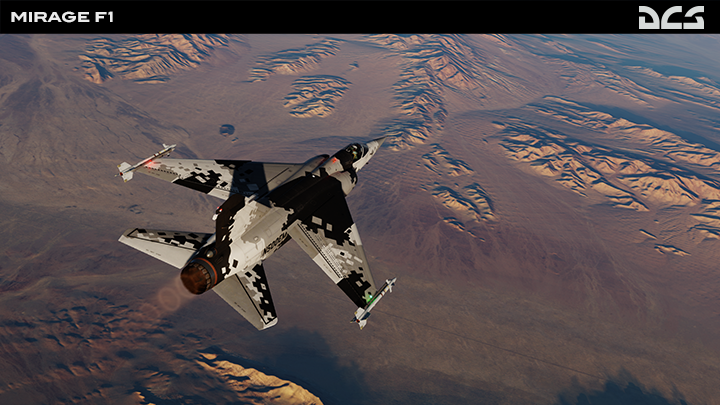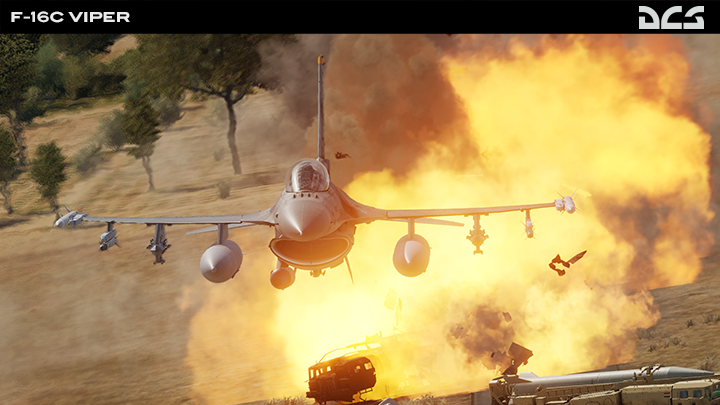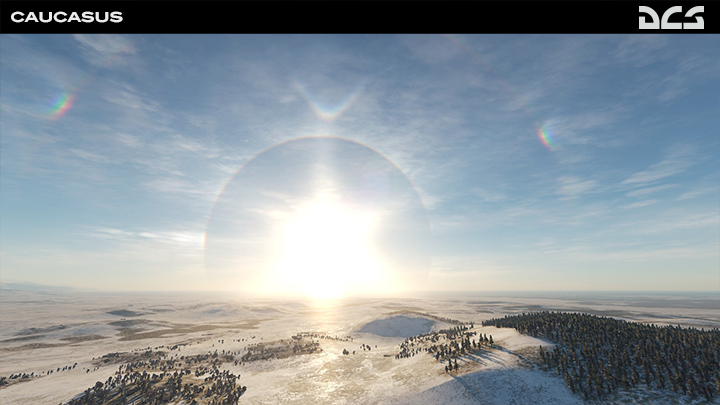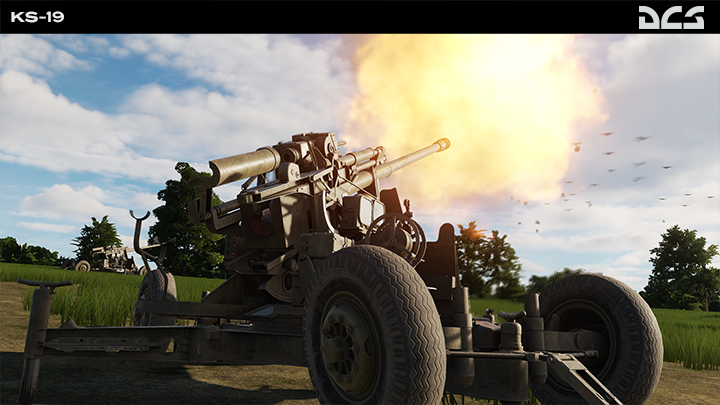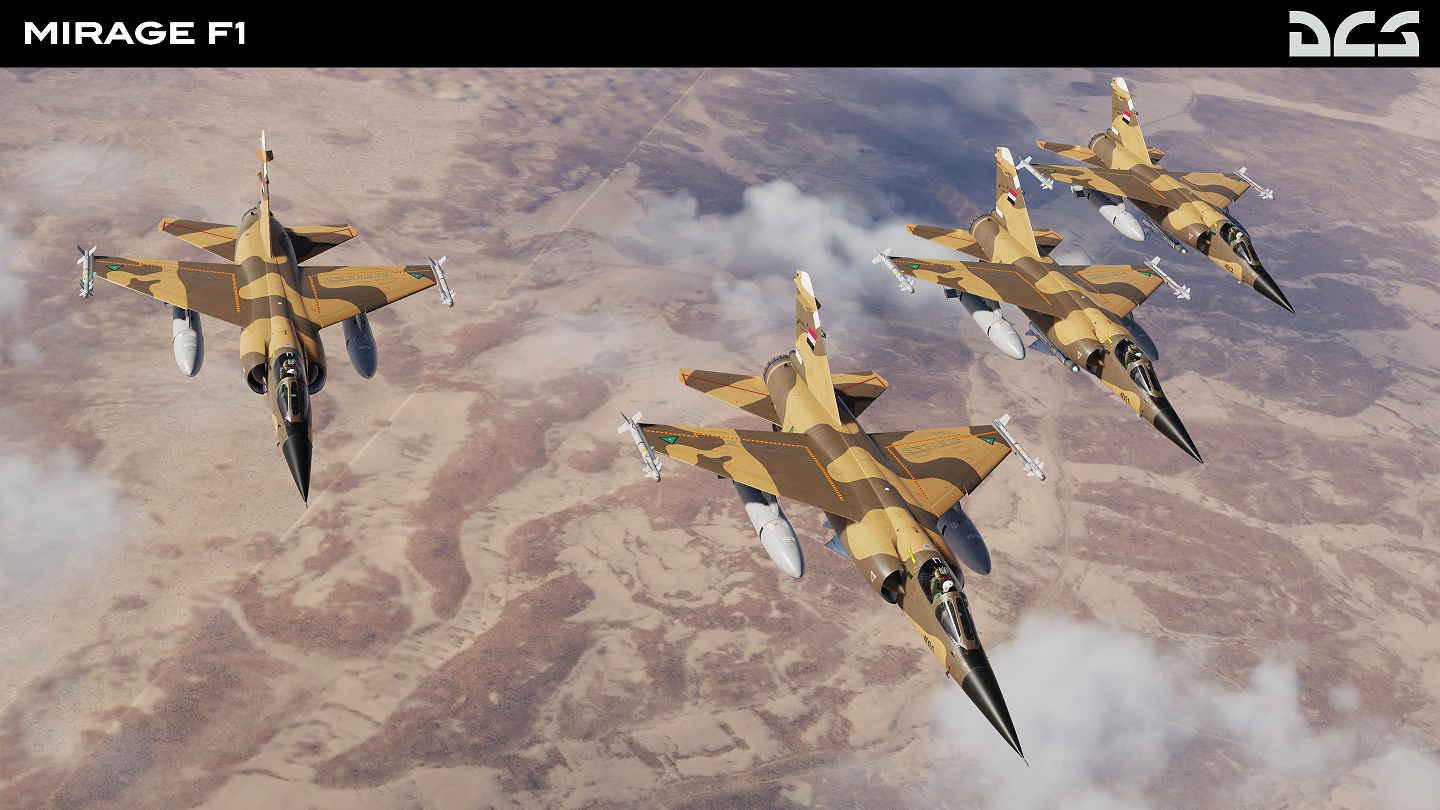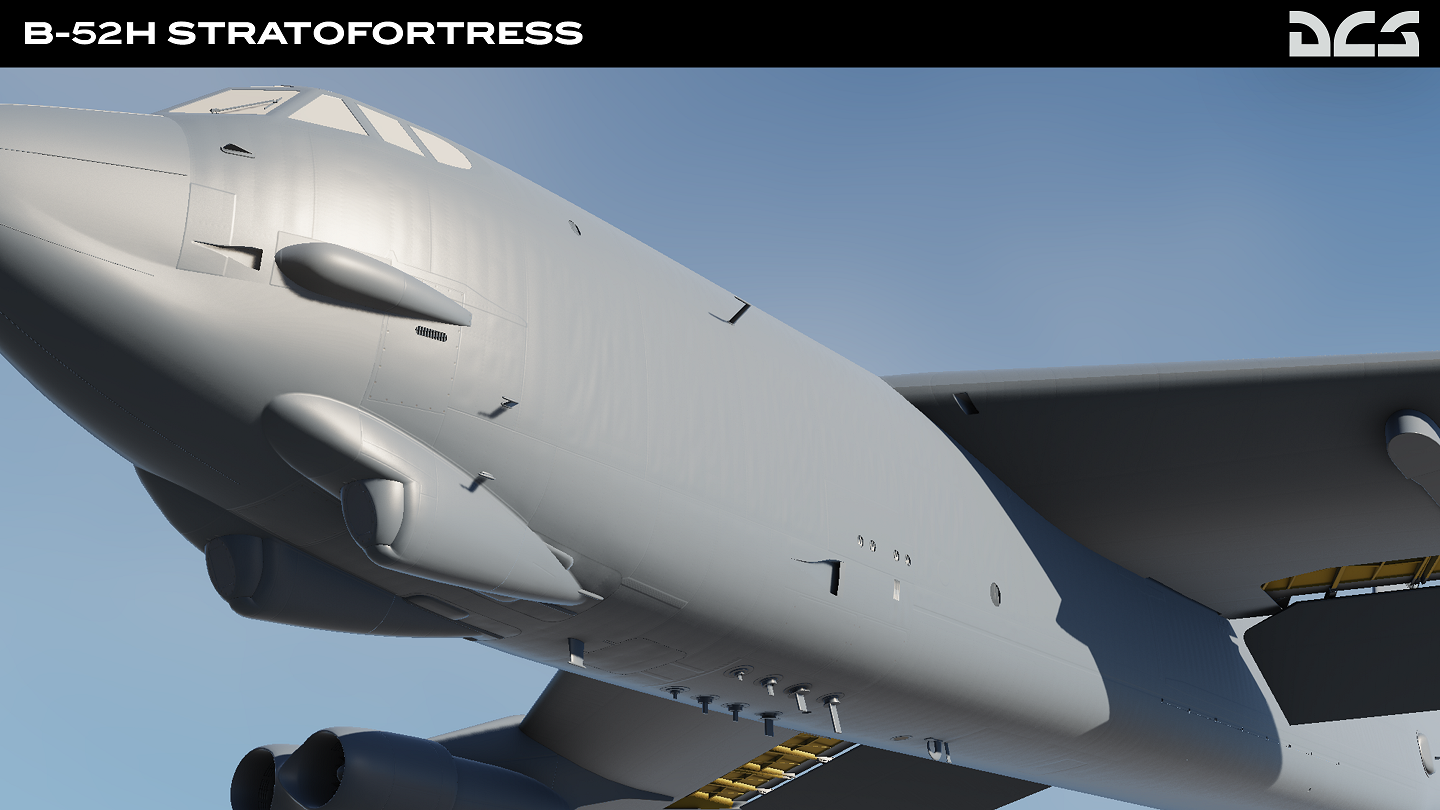
Sep 9, 2022
DCS World Steam Edition - OBWKB
A-1H Skyraider
Introduction
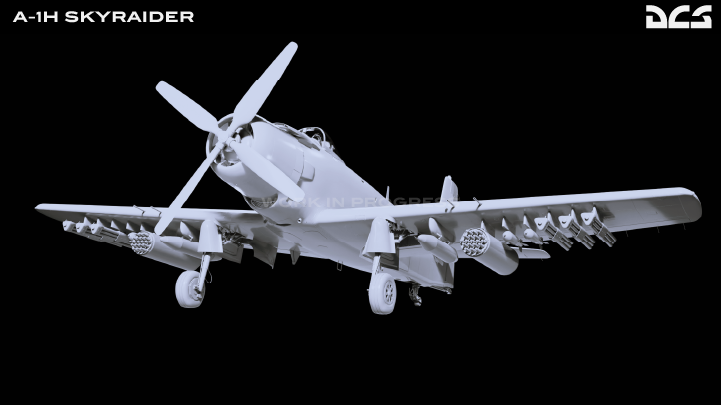
The A-1H Skyraider is a single engine, low wing, attack aircraft that served most of its time during the Korean and Vietnam wars. Known for its ability to carry heavy ordnance loads, the Skyraider is powered by a Wright R-3350 Duplex-Cyclone supercharged radial engine; the same engine that powered the B-29 Superfortress heavy bomber.
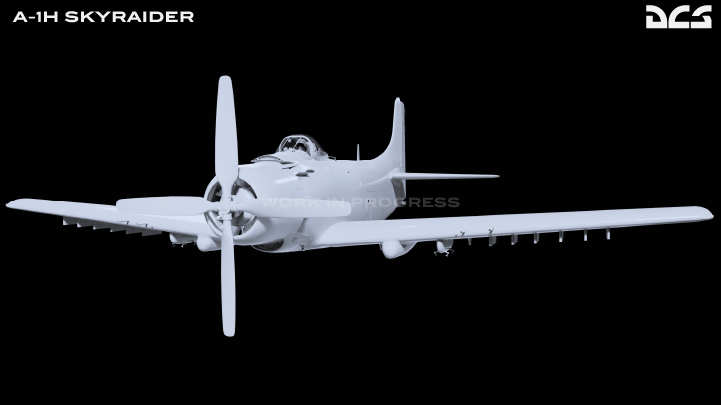
DCS: A-1H Skyraider will aim to be the most accurate representation of this aircraft for any flight simulator. Crosstail Studios has a partnership with the Cavanaugh Flight Museum, from which they have been given access to all aircraft, which includes two airworthy Skyraiders.
The Crosstail Studios team has spent an enormous amount of time recreating the A-1H Skyraider based on 3D scans from the aircraft located at the Cavanaugh Flight Museum. Subject matter experts have guided the flight model characteristics and other key details. Crosstail also has the support of the A-1 Skyraider Association veteran’s community to aid in the development of this magnificent aircraft.
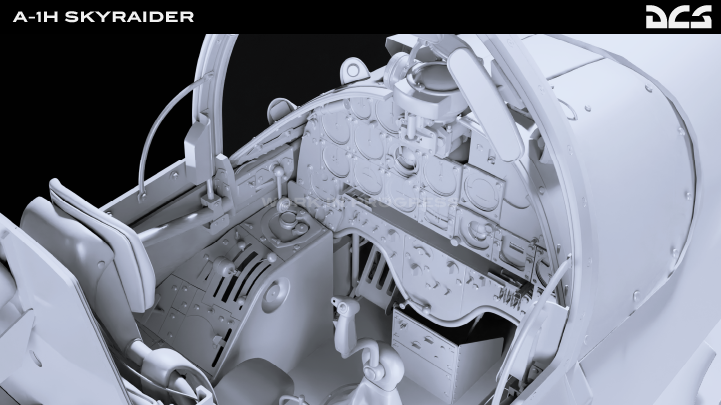
The Skyraider was primarily used to support combat search and rescue, and it helped save countless lives during the Korean and Vietnam wars. In a world quickly evolving into jet- turbine powered aircraft, the Skyraider still managed to have a long and successful service. In fact, the A-10 Warthog was designed with some of the characteristics of the Skyraider, including heavy ordnance load capabilities and long endurance.
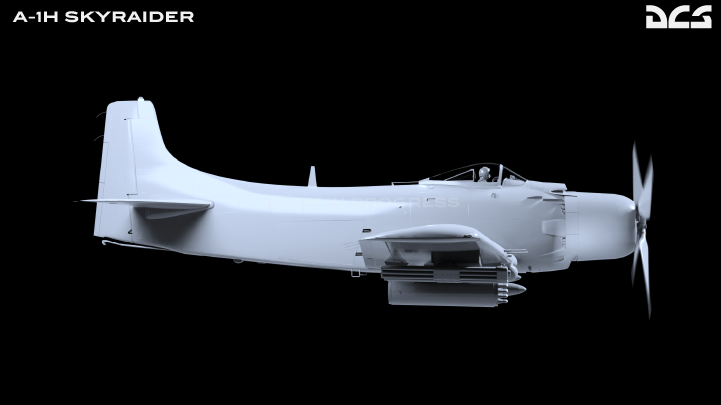
Crosstail Studios is also proud to announce their partnership with Echo One Niner Audio Production who will produce the A-1H Skyraider audio! The Echo 19 team has extensive resources and a passion for recreating true-to-life audio experiences. With their help, the A-1H will come out of the box sounding fantastic.
The Crosstail Studios team has put together a brief teaser video, demonstrating the potential behind their new incoming full fidelity module for DCS. Check it out!
Stay tuned for more Skyraider news on https://www.crosstailstudios.com
Supercarrier
Development Progress
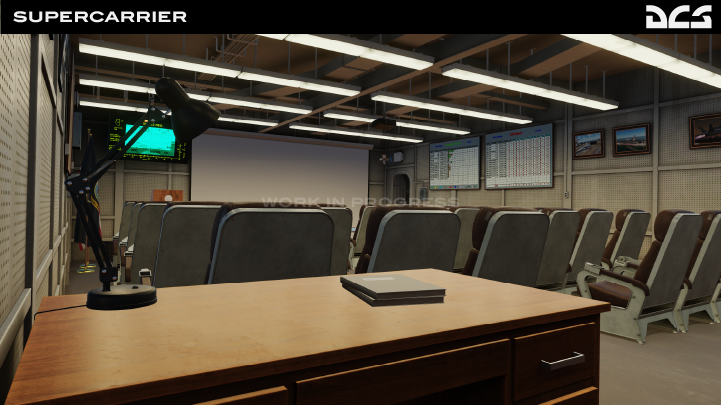
We continue work on the PRIFLY deck and Briefing Room of DCS: Supercarrier. The Briefing Room functionality that will allow mission planning information to be shared across tablets. The briefing officer will also be able to display details, like the F10 map, on the projector prior to mission time. Later, we will expand the Briefing Room art to include multiple squadrons.
AI BFM
Development Progress
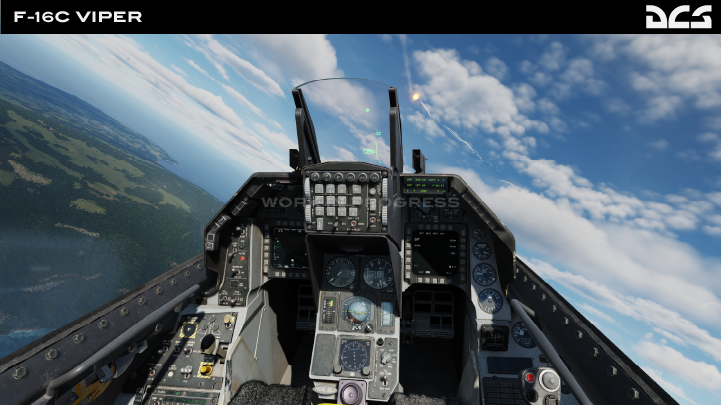
Basic Flight Maneuvers noteworthy features
Based on performance characteristics, each aircraft type will favor either one-circle (nose to nose), two-circle (nose to tail) fights or a combination of the two. This will result in dramatically different tactics based on the type. Flying against a Viper will be very different from fighting a Hornet, for instance.
When performing a merge, the AI will aim to dictate turning room based on the opposing aircraft’s type, aspect angle, and energy state. Meaning, a one-circle fighter will try to minimize turning room whereas a two-circle fighter will try to create an offset to allow a lead turn across the tail.
Particularly in a two-circle fight, the AI is much better at maintaining optimal sustained turn rate and will adjust nose position below and above the horizon to maximize turn rate or convert energy into altitude with excess energy. The AI Skill Level setting will determine how much G the AI will generate. At Ace level, the AI is excellent at managing airspeed for optimal performance.
Based on how the fight develops, the AI may switch between one-circle and two-circle according to merge angle and relative airspeed. This provides a much more dynamic opponent.
Please note that World War II aircraft often use a different BFM toolbox, and we will develop a unique set of BFM improvements for these aircraft, in addition to multi-ship Air Combat Maneuvering (ACM) behavior for all aircraft later.
Thank you again for your passion and support,
Yours sincerely,
Eagle Dynamics




